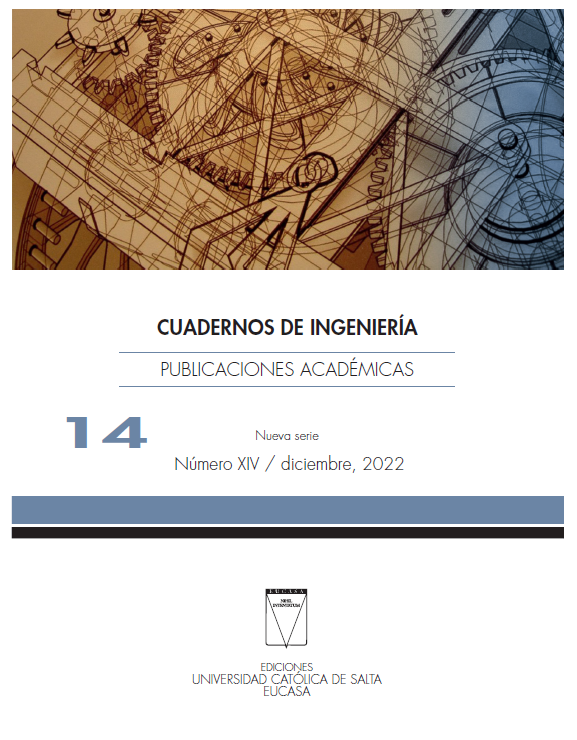Determination of parameters for the hot forming of an amorphous Fe-based metal alloy
Abstract
Metal glasses can be thermoplastic formed above the glass transition temperature, in the region called the supercooled liquid, and avoiding the crystallization of the material, which is determined not only by the working temperature but also by the time interval of the process. I is of great technological interest to be able to properly characterize temperatures, times, and stresses to be used as parameters in shaping.
In this work, we present results of viscosities, tensions and times values around the glass transition temperature, obtained in an amorphous alloy synthesized in our chemical composition laboratory {[(Fe0.6Co0.3Ni0.1)75]B0.2Si0.05}96Nb4 (at.%). For this, we used an experimental device developed by our group, capable of inducing heat treatments with the application of mechanical loads on the specimen and, simultaneously, scan temperature, elongation and electrical resistance of the sample. The results show a viscous flow transition temperature of Tvs = 485 ° C, with the possibility of thermoplastic forming up to 550 °C, while maintaining a certain control of not falling into crystallization. The viscosity of the alloy varies between h = 108 and 1012 Pa s, depending on the heating rate, the time in temperature and the test load. Novel stepped isothermal experiments are also presented
Downloads
Copyright (c) 2022 Javier Moya

This work is licensed under a Creative Commons Attribution-NonCommercial-ShareAlike 4.0 International License.







